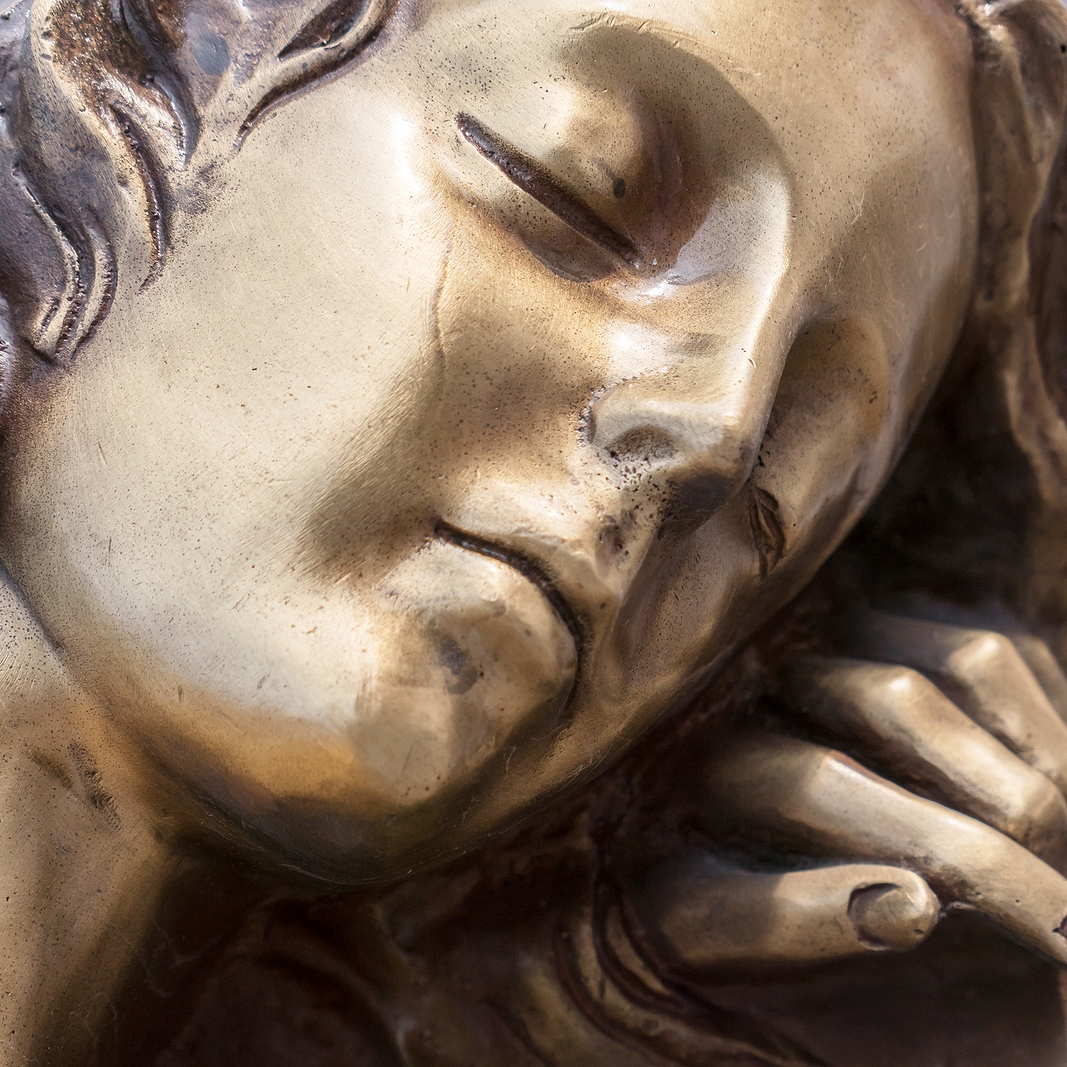Metal sculptural objects only seem to be immune to damage and environmental factors. In fact, they may be delicate and vulnerable to impact. For this reason, as soon as you consider moving a metal sculpture from one place to another or organizing long-distance transportation of your metal art object, professional execution is key.
Is Moving a Metal Sculpture That Simple?
While metal itself is solid and not subject to easy deformation or damage, its use in artwork can make the material more vulnerable to external impact. For instance, the artist may use soft materials to attach metal parts to one another or cover the metal sculpture with a custom-made, delicate layer of paint or another compound material. If any of these original structural parts are damaged, the sculpture may lose its monetary value. Therefore, it’s imperative to take proper care of organizing the sculpture’s packaging and moving in line with the top-tier safety considerations.
How to Arrange Your Metal Artwork’s Transportation?
The initial stage of moving a metal sculpture, like with all other types of artworks, is assessment. You should evaluate the art object and measure its weight, balance, degree of fragility, and surface finish to develop a suitable transportation strategy.
Next, you should plan the moving process. Disassemble the sculpture’s moving parts if possible, and pack them separately, labeling each box for ease of re-assembly. If the sculpture is mid-sized or large in size, you need to double-check that the doorways and hallways will allow its free movement. Hire art handlers with specialized moving equipment, such as lifts and dollies, or arrange for a crane if your sculpture is extra heavy and can’t be handled by people alone.
Packaging is also essential. You may use foam, bubble wrap, and special blankets to cover the sculpture’s surface and minimize the risk of accidental surface damage or scratches. Additional padding may be used for large-size sculptures for the sake of avoiding metal-on-metal contact in the transportation process. You also need to consider additional protection with a custom wooden crate if the sculpture needs to travel a long distance or represents an extra-value object.
It is vital to secure the sculpture in the vehicle, which is done with the help of straps and tie-downs. Make sure that your sculpture is accompanied by professionals at every stage of packaging, moving, and shipping.
Worried about your metal sculpture’s transportation? Contact Fine Art Shippers to get a professional shipping service from start to finish. We have a team of well-trained art handlers who will secure your artwork from all kinds of risk or damage.
